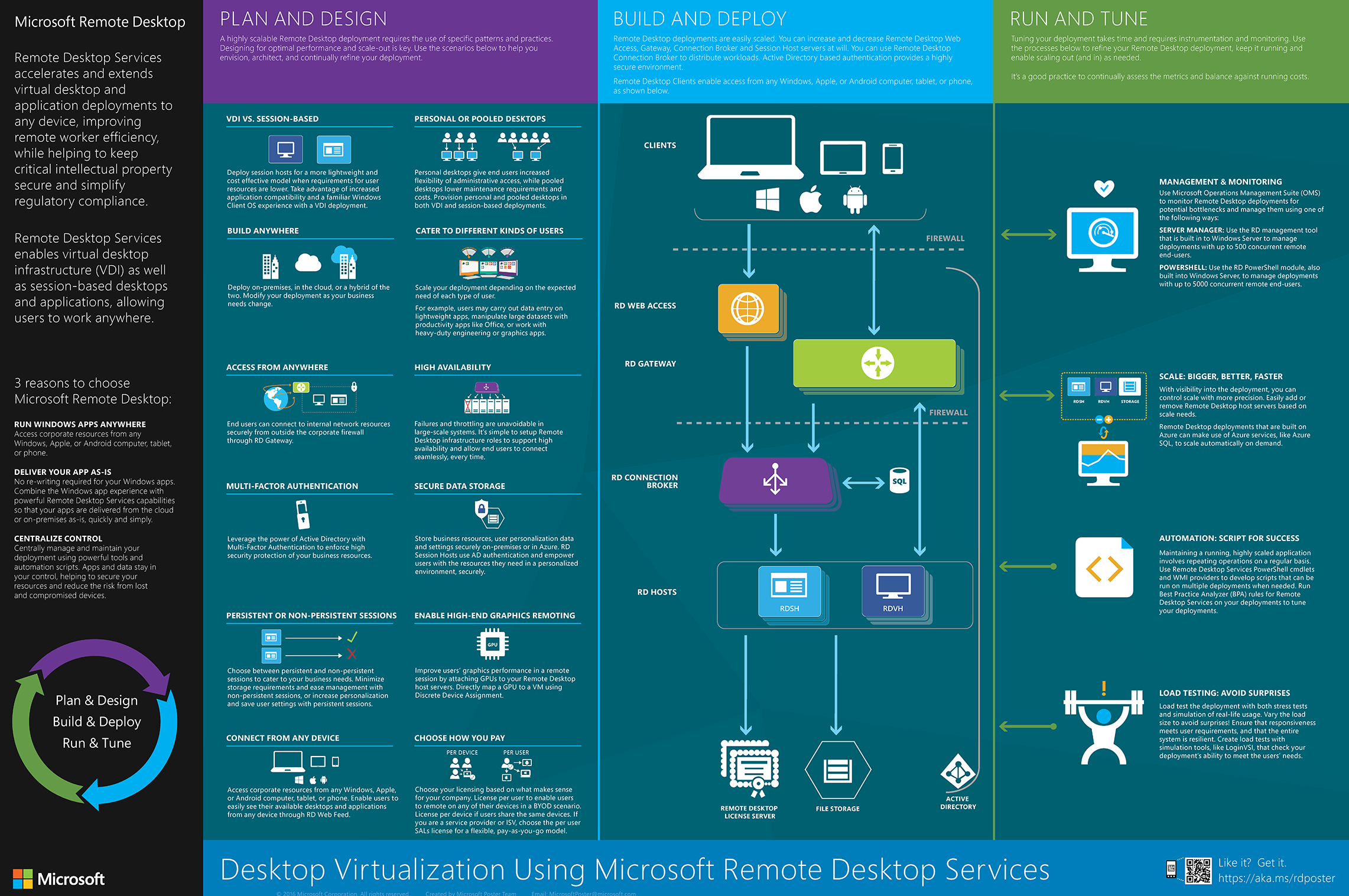
How to Expand/Reduce User Profile Disk with PowerShell? The list of mounted VHDX disks and mount points of the user profiles appears in Disk Management. Each UPD profile is mounted to the C:\Users directory. If the user profile folder already exists in Windows, the folder with an old profile is renamed to the -BACKUP-.Ī VHDX disk is mounted when a user logs on to a VDI or RDS host. This means that when data is copied to a user profile on an RDS server, the size of the vhdx file on the shared storage is increased immediately. The User Profile Disks from an RDS server cannot migrate between versions of Windows Server.ĭata is written to the VHDX file in real time. This means that if a user profile is currently connected to the user’s RDS session or manually mounted, you will not be able to open it with an error: The file couldn’t be mounted because it’s in use.

The UPD profile is mounted in exclusive mode. On the RD Session Host, the user profile in the VHDX file is mounted to the C:\users\ and looks like this:

Right-click the file and select Mount.Īs you can see, the VHDX disk contains a set of folders and files of a standard user profile. Since the UPD profile is a regular virtual disk file in VHDX format, you can mount it and view its contents from any Windows host. $UserProfile = New-Object PSObject -Property = $user $UserProfiles = new-object -com scripting.filesystemobject


 0 kommentar(er)
0 kommentar(er)
